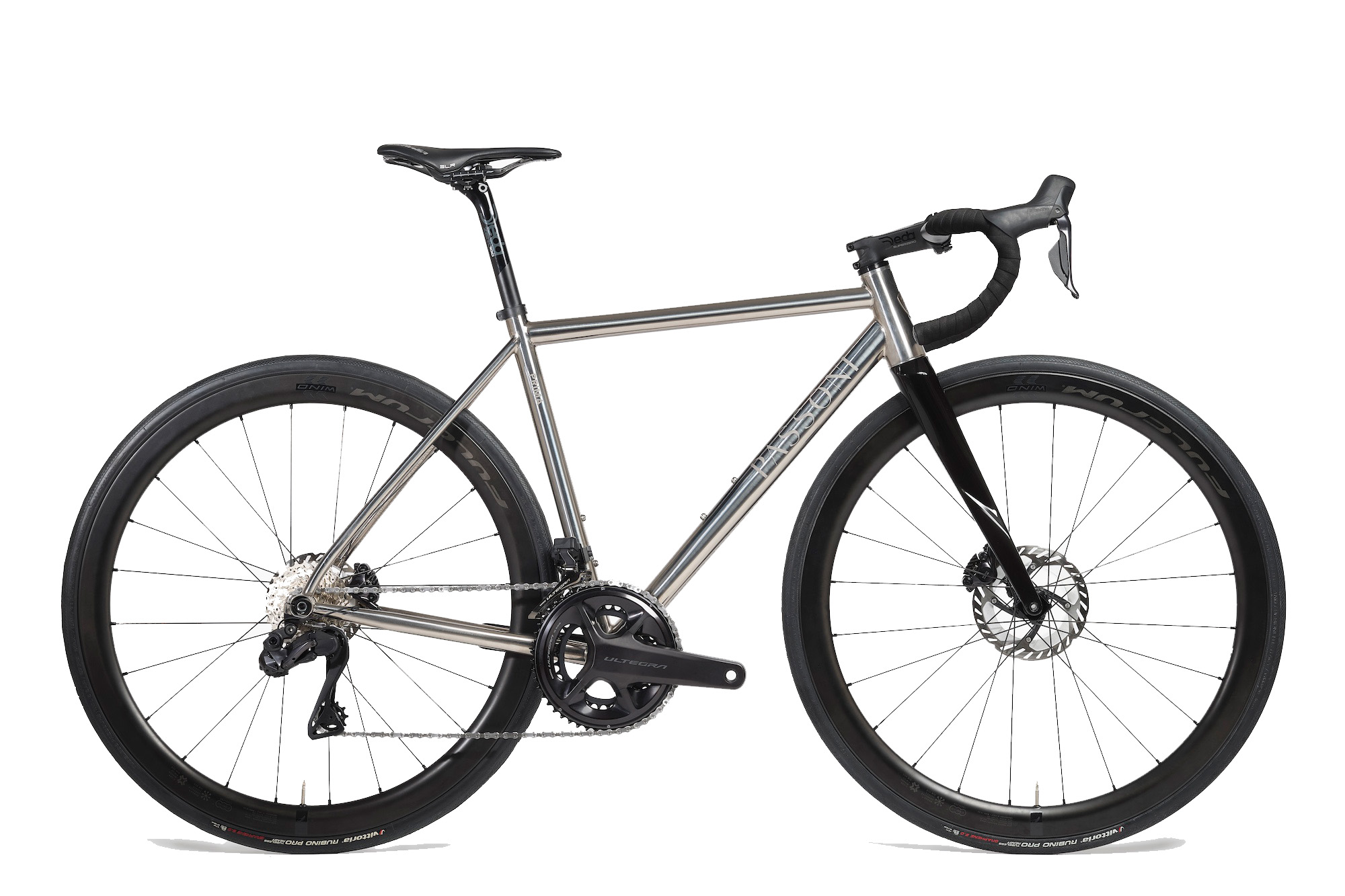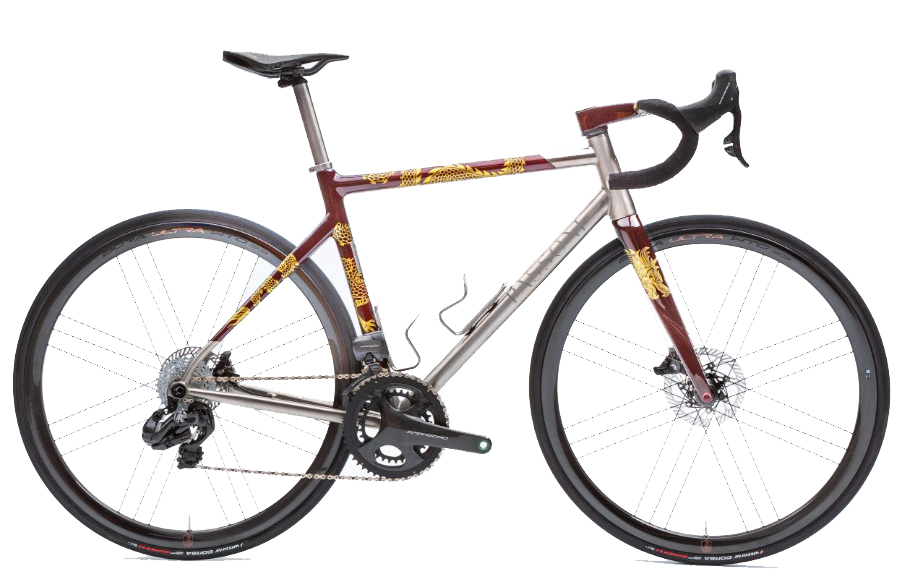Passoni’s Production Manager, Paolo Riccò, is responsible for ensuring that man and machine operate in perfect harmony.
He’s also our resident bike fitting expert.
A professional fitting will ensure your new bicycle perfectly matches your needs and physical proportions. This is equally true whether you opt for a model from our made-to-measure or ready-to-ride ranges. “My background is as an engineer,” explains Paolo Riccò. “Now, at Passoni, part of my job is to manage the mechanical efficiency of the rider”.
This process begins not with instruments and measurements but via an interview to explore the needs and history of each rider. “You need to understand the rider’s level of fitness,” explains Riccò. “How many kilometres they cycle and if they have any injuries, physical problems or similar things we should be aware of”. Sometimes a client will arrive with a pre-existing bike fit. This may have been created for them previously or drawn up by one of Passoni’s worldwide partners.
Alternatively, Passoni’s Milan-based atelier is equipped with a state-of-the-art fitting studio. It’s furnished with hyper-accurate laser measuring tools and video capture technology that allows both fitter and rider to review the process as it progresses. Helping ensure the client is as flexible and comfortable as possible, there’s even a sauna in which to warm up.
However, the most crucial element of the studio is a customised DynaVelo simulator. This adjustable static bicycle has helped hundreds of pro and amateur riders achieve their most advantageous position. Critical among its uses is the ability to replicate a client’s bike before being used to tweak their current position while observing the effects in real time. During this process, everything from the position of the rider’s cleats to any asymmetry in their posture can be assessed in almost infinite detail. The idea is to create an idealised position representing the most harmonious union of bicycle and rider. Create perfect bike geometry.
If you’ve ever examined the Passoni logo, you’ll see it’s made up of two equally divided circles. These reference the sphere containing Leonardo Divinci’s Vitruvian Man, a design representing the human form’s harmony and symmetry. It’s an approach we endeavour to bring to every bike fitting. “We focus on economy of movement,” says Paolo. “We’re always looking for a position where you can ride comfortably for many hours”. Alongside deciding how best to balance the rider’s physical form and the mechanical requirements of powering the bike, there’s scope for interpretation. Some clients, like former pro racers Filippo Pozzato, Juan Antonio Flecha, or Andrea Tonti, will have a very clear idea of what they want. Other riders require a little more advice and direction.
“Sometimes I’ll work with a client who already owns five or six bikes,” says Riccò. “So they’ll know what they want. This sort of person can be very precise and will ask very particular questions. It’s nice to work with someone who understands all the themes involved. On the other hand, you often have clients who know less about bicycles, so there’s a lot to explain. This relationship can be enjoyable too. In both situations, there has to be a degree of trust”. The bike fitting is also an excellent time to discuss the most appropriate model bicycle for the rider. Although all our made-to-measure bikes can be customised, each still retains some fundamental characteristics that can’t be deviated from too far. So although we can match each model to the rider, the Titanio will always be a more aggressive proposition than the more easy-going Classica.
Once a model has been selected and the appropriate balance of comfort and mechanical efficiency achieved, it’s time to decide upon the geometry. However, several steps still exist to translate these numbers into a real bicycle.

 Ready-to-ride
Ready-to-ride Made-to-measure
Made-to-measure Special edition
Special edition